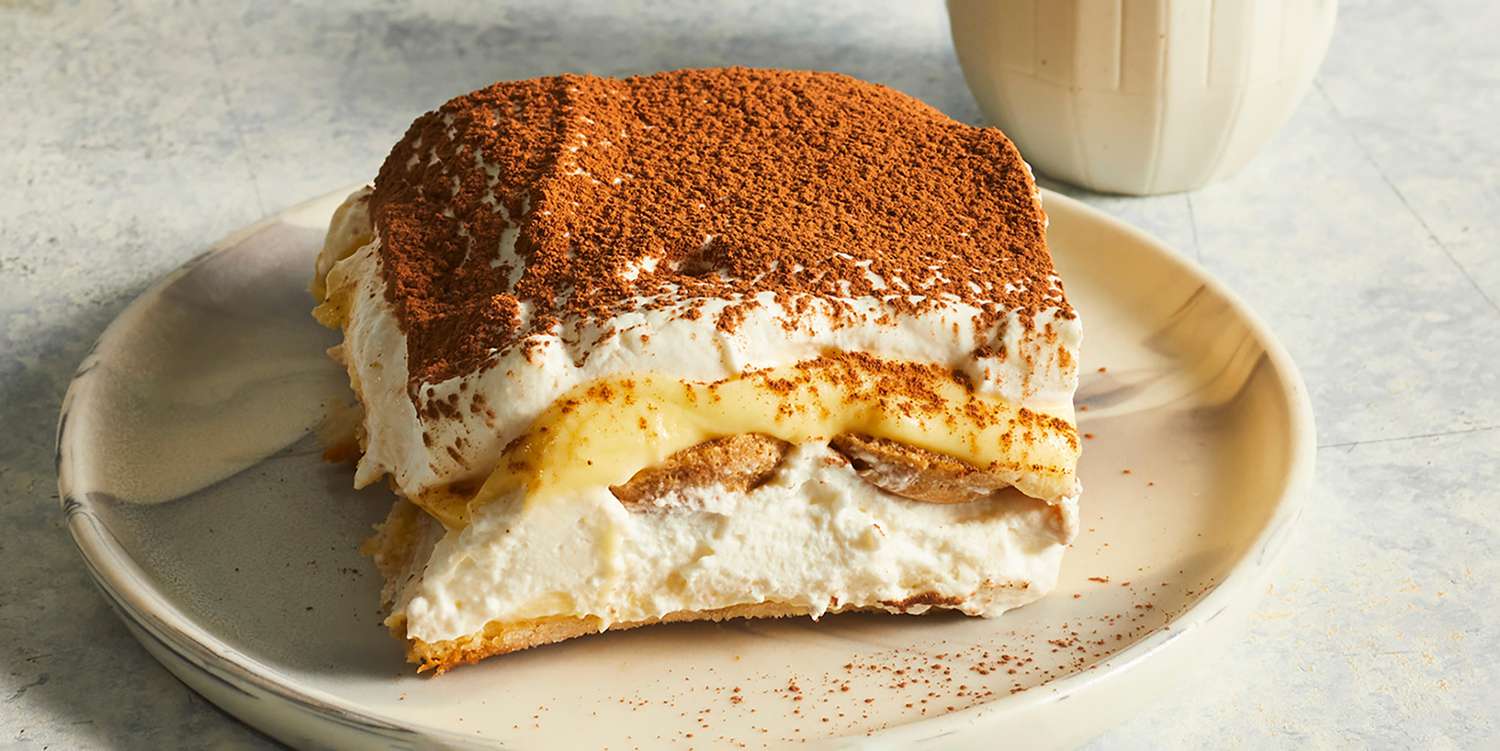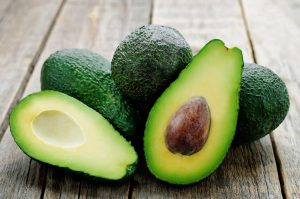
28 interesting facts about tiramisu
- 👁️ 1350
Tiramisu, an iconic dessert that has tantalized taste buds worldwide, offers more than just a sweet finish to a meal. Its rich history, layered flavors, and cultural significance make it a fascinating subject. Originally from Italy, tiramisu has evolved into a global favorite, renowned for its creamy texture and robust coffee-infused notes. This dessert not only exemplifies culinary art but also embodies the tradition of Italian hospitality and innovation.
- Tiramisu translates to “pick me up” in Italian, reflecting its energizing ingredients.
- The dessert was purportedly invented in the 1960s in the region of Veneto, Italy.
- Traditional tiramisu consists of layers of coffee-soaked ladyfingers and mascarpone cheese.
- Unlike many desserts, tiramisu typically does not require any baking.
- Espresso is the preferred coffee type used for soaking the ladyfingers.
- The original recipe for tiramisu did not include eggs in the mascarpone filling.
- It is often dusted with cocoa powder before serving to add a touch of bitterness to counter the sweetness.
- Some variations of tiramisu include flavors like chocolate, Amaretto, or rum.
- The dish became popular in the United States in the 1980s.
- Authentic Italian tiramisu uses mascarpone, a rich Italian cream cheese.
- The dessert’s popularity has led to the creation of tiramisu-flavored cakes, ice creams, and other desserts.
- Tiramisu is considered a semifreddo, a class of semi-frozen desserts.
- The original recipes were simpler and were often made at home as a way to use up leftover ingredients.
- Some contemporary recipes use egg yolks cooked over a double boiler to eliminate risks of salmonella.
- Tiramisu can be made in round or square shapes, and even deconstructed into different dessert forms.
- It is a no-cook dessert that sets in the fridge where its flavors meld together.
- The recipe was first documented in print in 1983.
- Tiramisu does not contain any leavening agents, relying on the air whipped into eggs to provide lightness.
- The dish is traditionally served cold.
- Many Italian regions claim to have originated the recipe, leading to numerous variations.
- Ladyfingers are sometimes replaced with sponge cake or other types of light pastry.
- Some modern versions of tiramisu are made with fruit or experimental savory versions.
- The classic decoration of tiramisu involves just cocoa powder, without any additional toppings.
- In Italy, tiramisu is often eaten as a celebratory dessert during special occasions.
- The dish must be chilled for several hours to set properly, making it a great make-ahead dessert option.
- The combination of coffee and cocoa in tiramisu has been praised for its balance of flavors.
- Some health-conscious adaptations replace mascarpone with lower-fat options like ricotta or Greek yogurt.
- Tiramisu inspired a variety of culinary products, including tiramisu-flavored liqueurs.
Tiramisu not only pleases the palate but also carries a rich narrative that spans decades and borders. From its humble origins in Italian kitchens to its status as a dessert beloved worldwide, tiramisu exemplifies how a simple treat can become a global phenomenon. Its layers of flavor and texture continue to inspire new interpretations and delight those who partake in its creamy, comforting embrace. Tiramisu remains a testament to the innovation and tradition of Italian cuisine, making every bite a historical and cultural exploration.











